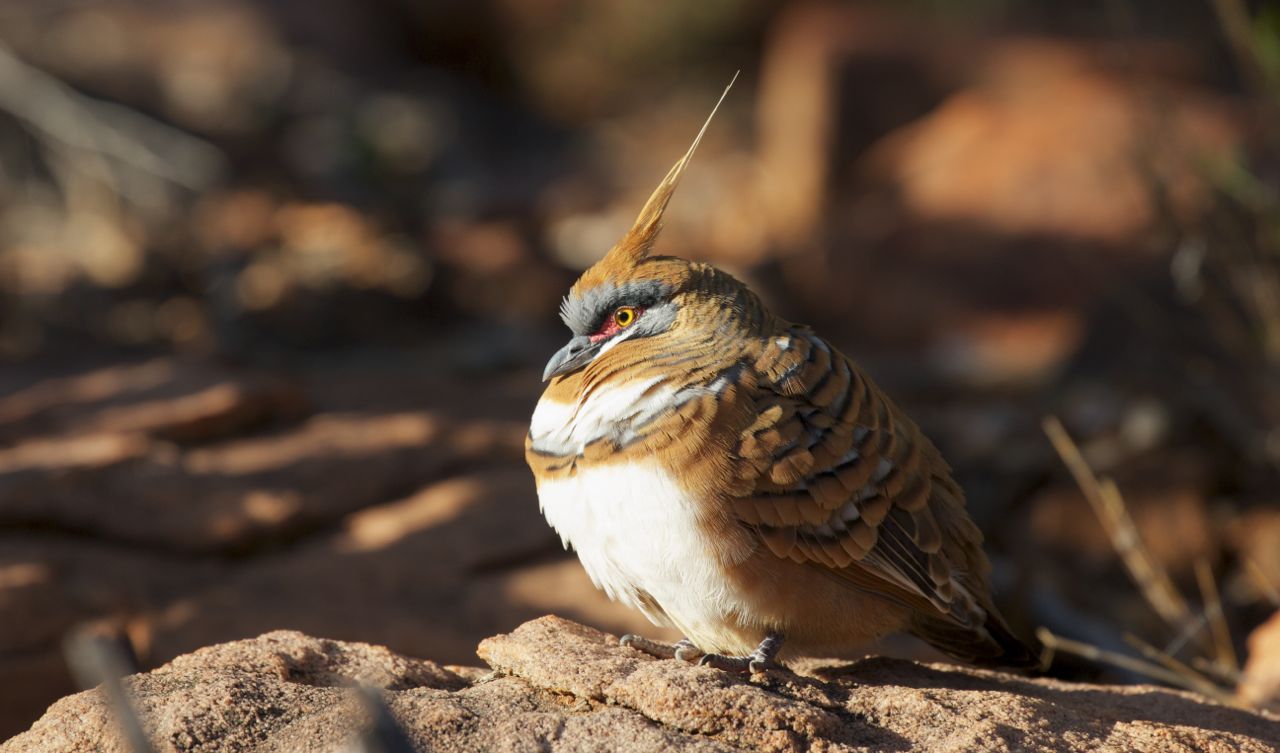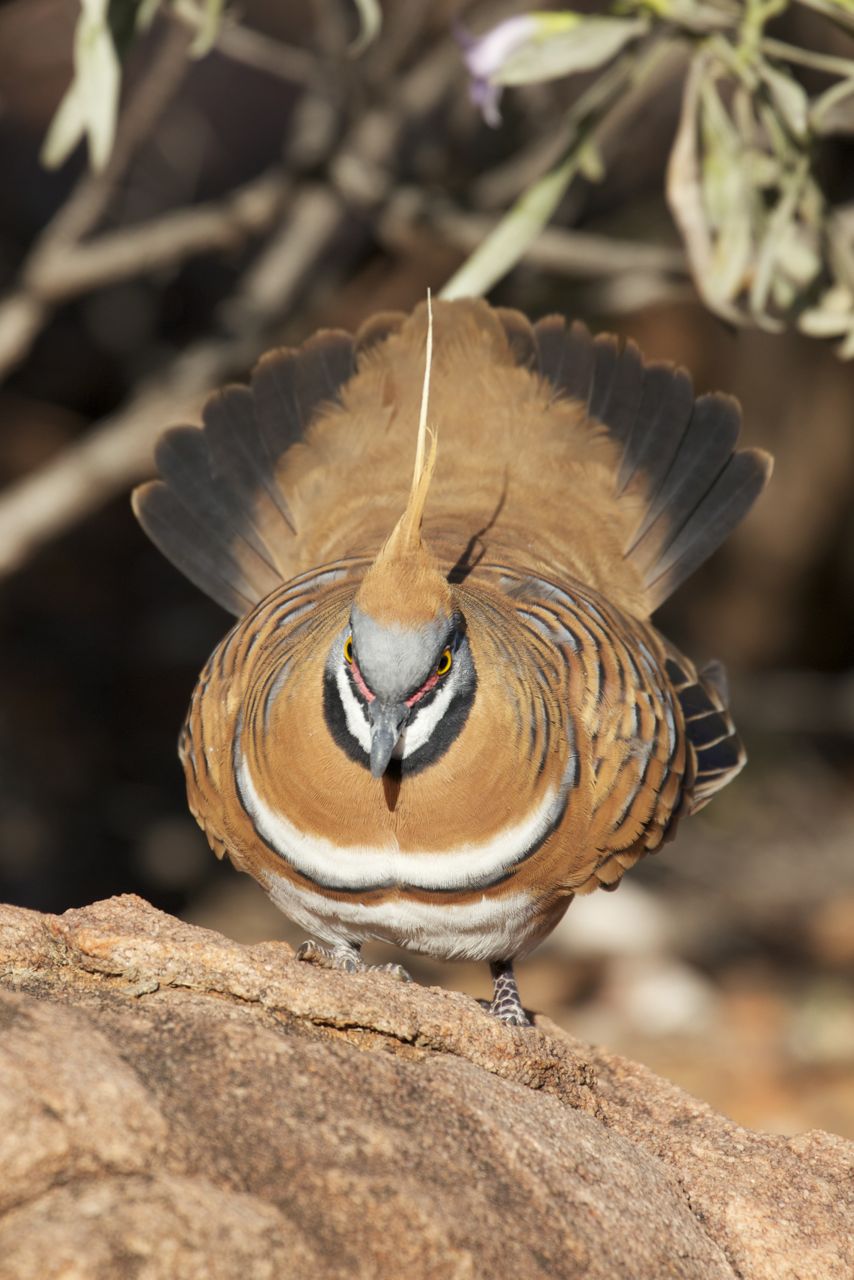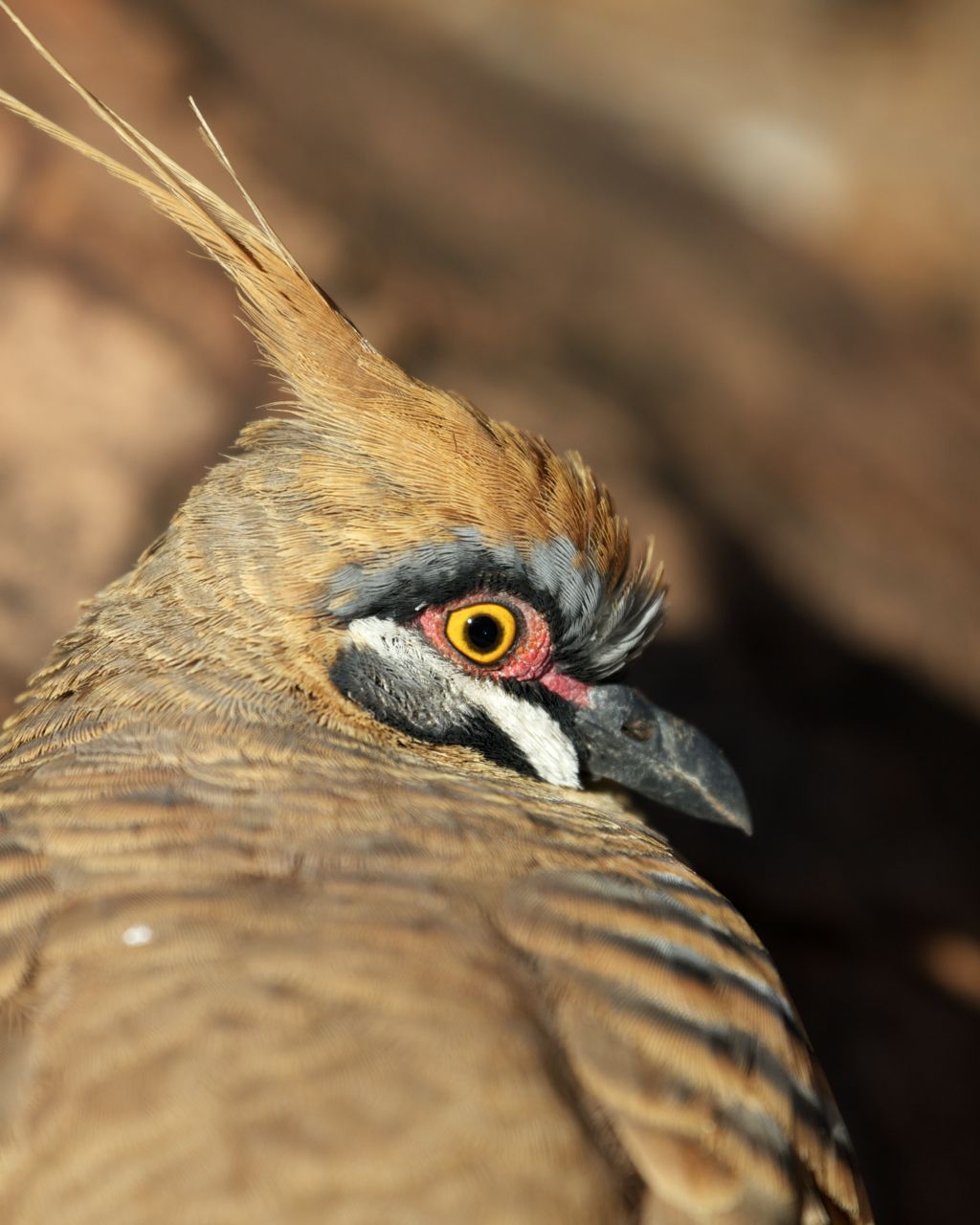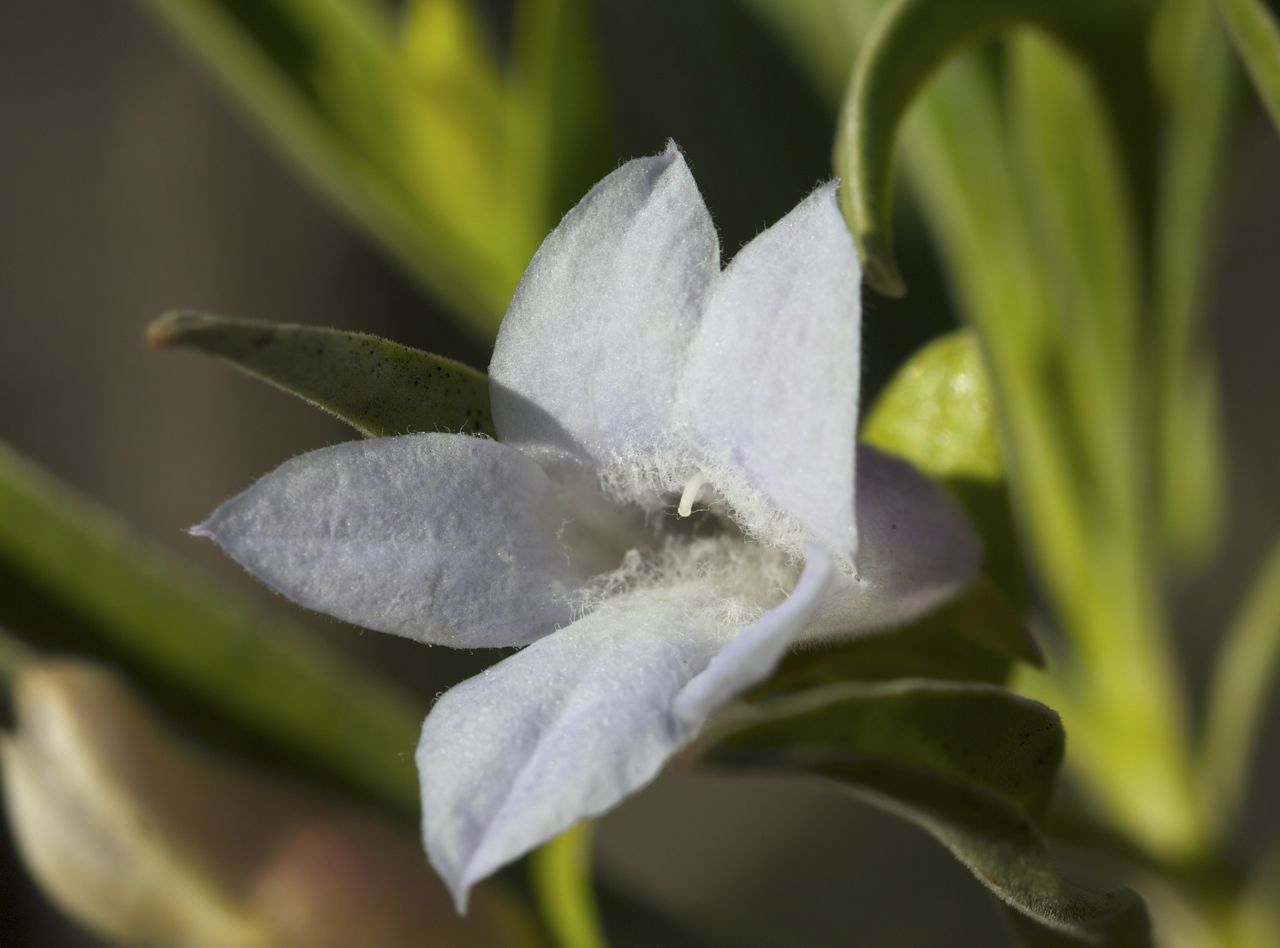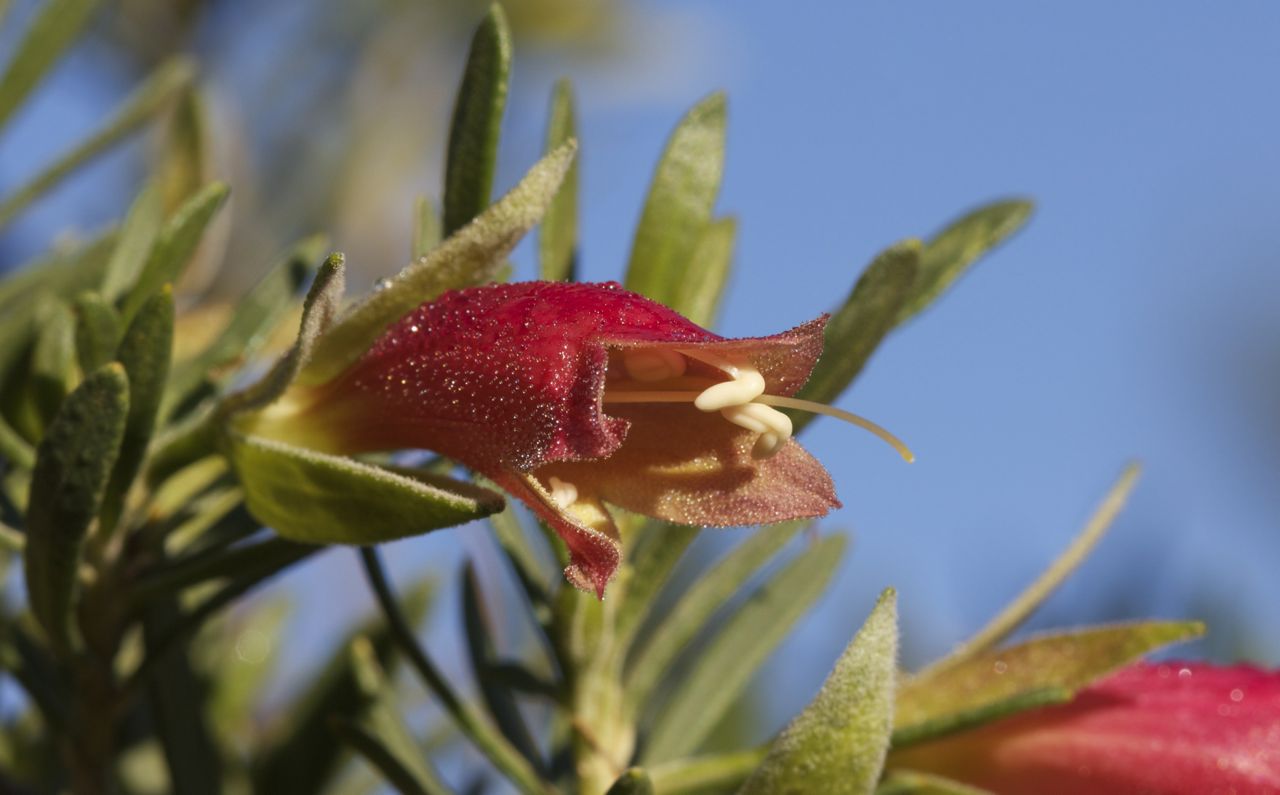Bugs and birds
/As expected, the early rain has already brought out some incredible wildlife, and a lot of it in my own backyard. Particularly, large insects. Privet Hawk Moths (Psilogramma menephron) invaded the house for several humid nights in a row. Their substantial bulk was enough to push through the magnetic fly screens over the door and fly around the house crashing into lights, fans, walls and windows indiscriminately. More like small birds, they threatened to knock over the TV and break light bulbs.
They were quite difficult to catch in spite of their size, or perhaps because of it. But the regular calling of Southern Boobook (a small owl species – Ninox novaeseelandiae) from the nearby riverbed and the trees around the house suggested that perhaps the moths were safer inside than out.
Impossible to photograph while they were flying, I was rapt to discover one hiding out in the shadow of the kitchen window frame during the early morning. Almost the full length of my palm, this massive moth was simply beautiful. It had very dark eyes, presumably to help absorb light at nighttime, that did not reflect the light and reveal the hexagonal compound structure like other insect eyes I’ve photographed. The feathery filaments of its wings made them appear like strategically draped velvet curtains, and belied their true rigid and brittle structure.
Dragonfly compound eyes, Alice Springs, NT
Only a few nights later, another large insect made its way into the house. This time it was a dragonfly the length of my whole hand. Going back through the photos I’ve taken over the years, I was somewhat surprised to discover that I obviously had a bit of thing for dragonflies. Unlike the moths, dragonflies tend to have a predictable flight pattern where they return time and time again to the same stick or rock. All you need to do it get into a good position and wait for them to do their lap.
However, this dragonfly was extremely sluggish and was wandering over the kitchen bench leaving little packages of yellow goo everywhere. Assuming these blobs were eggs and being the good scientist that I am, I gave one a poke. It was hard and crystalline. Not for the first time, I wished I had a microscope at home. Not that I had any hope of actually identifying the goo! But the sluggishness of the dragonfly gave me ample time to get the tripod, set up a lamp and flash and take some real close-ups with the macro lens. I obviously still need practice with my settings, dealing with the macro’s extremely short depth of field is quite challenging and I was not successful in capturing a good shot of the dragonfly’s amazing iridescent wings.
Dragonfly, Alice Springs, NT
I am hopeful that the sluggishness was due to it being in the middle of the night, because when I released him int he morning, he flew off quite successfully.
The daylight hours of this month revealed a number of gorgeous birds. The birdbath in my backyard usually experiences pretty high traffic, but the customers are fairly predictable. Port Lincoln Parrots (Barnardius zonarius), Grey-crowned Babblers (Pomatostomus temporalis), Crested Pigeons (Ocyphaps lophotes), feral Spotted Doves (Spilopelia chinensis), Western Bowerbirds (Chlamydera guttata), White-plumed Honeyeaters (Lichenostomus penicillatus) and Magpie-larks (Grallina cyanoleuca) are all regulars at the bath. However, pair of Galahs (Eolophus roseicapilla) have finally discovered it and visit when the Port Lincoln Parrots let them close enough. Turns out the smaller parrots are quite aggressive!
It is standard practice to cast a glance over the birdbath every time I leave the house, but one afternoon this month a completely unfamiliar bird was hunched in the water. Really not sure what it was beyond it was clearly a raptor of some sort, I ducked back inside and grabbed the camera. It was not until the resident ornithologist, Chris Watson, returned home that I could get the bird identified. Turns out it was a Collared Sparrowhawk (Accipiter cirrocephalus). One just does not expect to see a bird of prey in one’s backyard, let alone having a good ol’ splash in the birdbath!
Collared Sparrowhawk in the birdbath, Alice Springs, NT
Collared Sparrowhawk with wet footprint, Alice Springs, NT
As exciting as my own backyard seemed to be, I was also very privileged to visit the garden of another Alice Springs resident. Their house is nestled into the back of the West MacDonnell Range, well back off the road on a sizeable block of land. Sitting on the back verandah watching Rock Wallabies sun bake up on the range, Euros traverse the ridge and all manner of birds flying back and forth can only be described as tranquil. With no road noise to ruin the atmosphere, we watched the sunlight move steadily up the ranges and light up the jewels of dew on the garden’s native flowers. Flocks of Spinifex Pigeons (Geophaps plumifera) trundled around the rocks to find a sunny patch to warm up in, a semi resident Galah screamed out her presence and Crested Pigeons flew from place to place sounding like wind-up toys. The property was just stunning, and a credit to their owners who have fought back the Buffel Grass and restored the land surrounding the house back to its original, native state.
One day, when I grow up, I would like to own a property like that!






